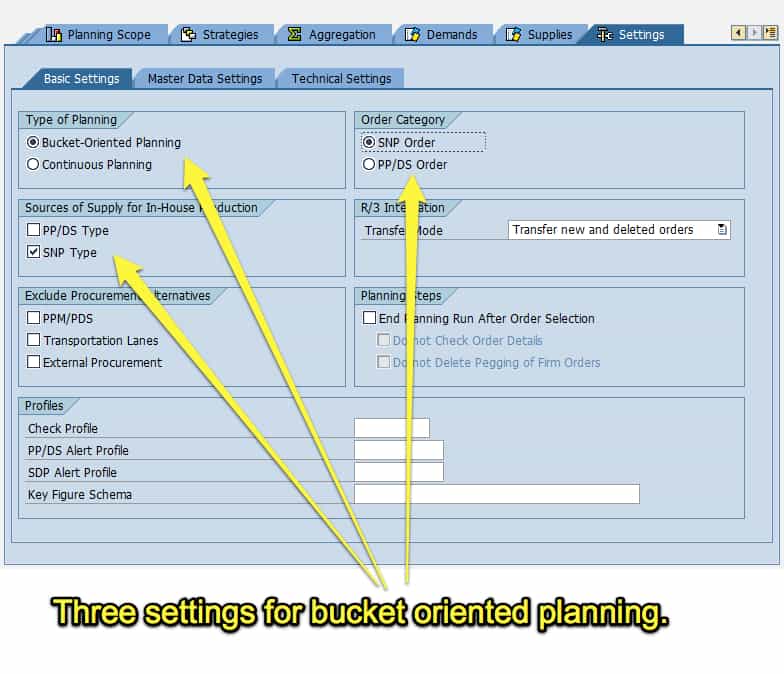CTM for Production Planning?
Executive Summary
- An explanation of the background of CTM.
- Does using CTM for production planning make sense?
- Using multiple methods for production planning.
Background on CTM for Production Planning
For years Capable to Match had been a planning method for supply planning. Never underneath the SNP configuration tree, CTM had always been under something called Multi Level Supply Demand Matching. This is because CTM was not officially supply network planning but simply order-based planning. It built up the resulting supply plan based upon individual orders that were pegged to planned inventory. I never thought too much of the fact that CTM was located in a way, in its folder pathway. However, at some point, CTM was made available as a planning method for production planning. Incorporating PPMs, and PDSs could always be incorporated into the CTM run to constrain the supply run by produced planned availability. However, using CTM for production planning is different.
What This Means
It means using running production orders through the system. This is activated by selecting PP/DS orders under the Order Category on the Basic Settings tab. Secondly, under the Sources of Supply for In House Production, the PP/DS Type selection box must be enabled. See the screenshot below:

Here you can see that the CTM Profile can be set to run in either SNP “mode” or PP/DS “mode.” To switch between modes, the settings above would be changed. I have SNP type planning enabled in the screenshot, but by switching to the other option for each setting, I could convert to PP/DS mode. I would also, of course, require time continuous resources that CTM could work with.
The Implication of these Settings
It’s great to have more options; however, CTM can be used in this way is still not very well disseminated in the industry. I have never heard another consultant discuss it or the client ask me about it. Interestingly, clients who want to, or already have CTM implemented for supply planning, implement production planning with CTM. Using one planning method for two different supply chain areas can bring benefits in lowered training efforts and a more sustainable solution. Secondly, doing this would make a lot of sense. If a company is true capacity constrained and focused on customer prioritization in their supply planning, it is reasonable that the same applies to their production planning.
Using Multiple Planning Methods for Production Planning
While it is unlikely that a company would use both optimization and CTM in either production planning or supply planning (too much complexity and expense), it is feasible and common to use both heuristics and CTM for both. In production planning, heuristics can be used for long-range rough cut capacity planning, while shorter term planning can be performed with CTM. On the other hand, CTM can be used for long-term and short-term planning, and heuristics can be skipped altogether. However, the Planning on the Basic Settings tab must be set to Bucket Oriented Planning. Longer term planning uses the Continuous planning option.